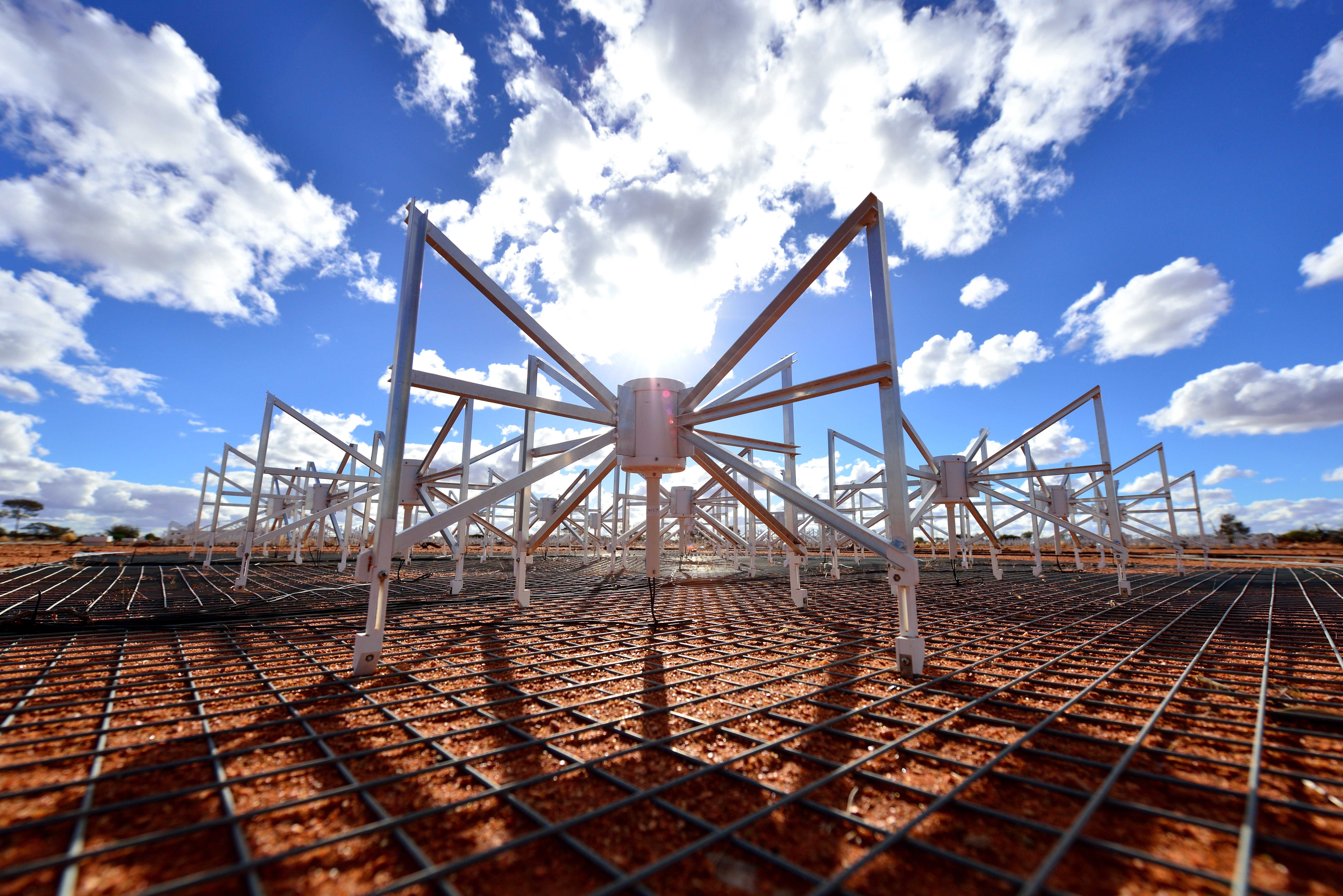
Astronomers have produced the most comprehensive image of radio emission from the nearest actively feeding supermassive black hole to Earth.
The emission is powered by a central black hole in the galaxy Centaurus A, about 12 million light years away.
As the black hole feeds on in-falling gas, it ejects material at near light-speed, causing ‘radio bubbles’ to grow over hundreds of millions of years.
When viewed from Earth, the eruption from Centaurus A now extends eight degrees across the sky — the length of 16 full Moons laid side by side.
It was captured using the Murchison Widefield Array (MWA) telescope in outback Western Australia.
The research was published today in the journal Nature Astronomy.
Lead author Dr Benjamin McKinley, from the Curtin University node o...
Read More







Recent Comments